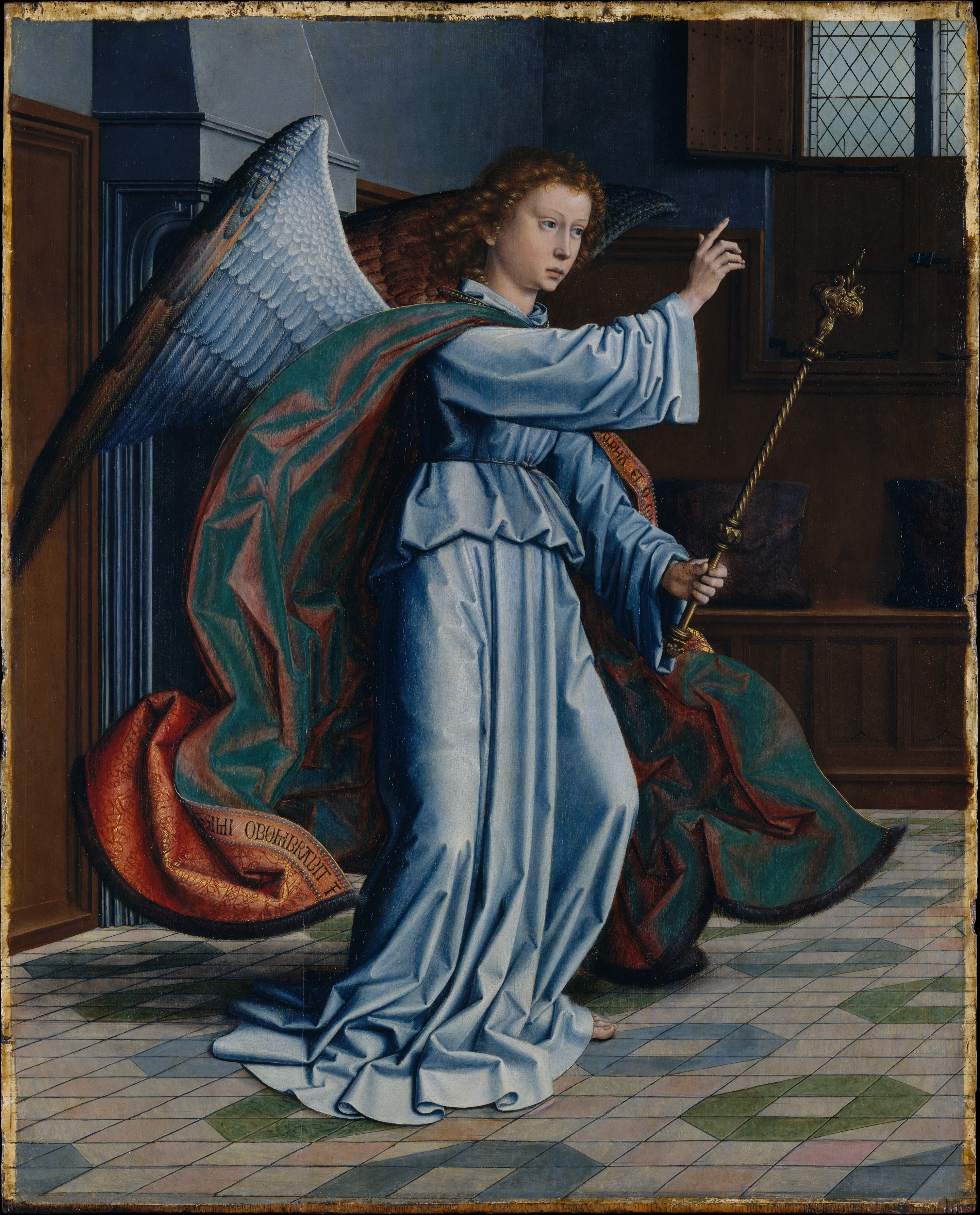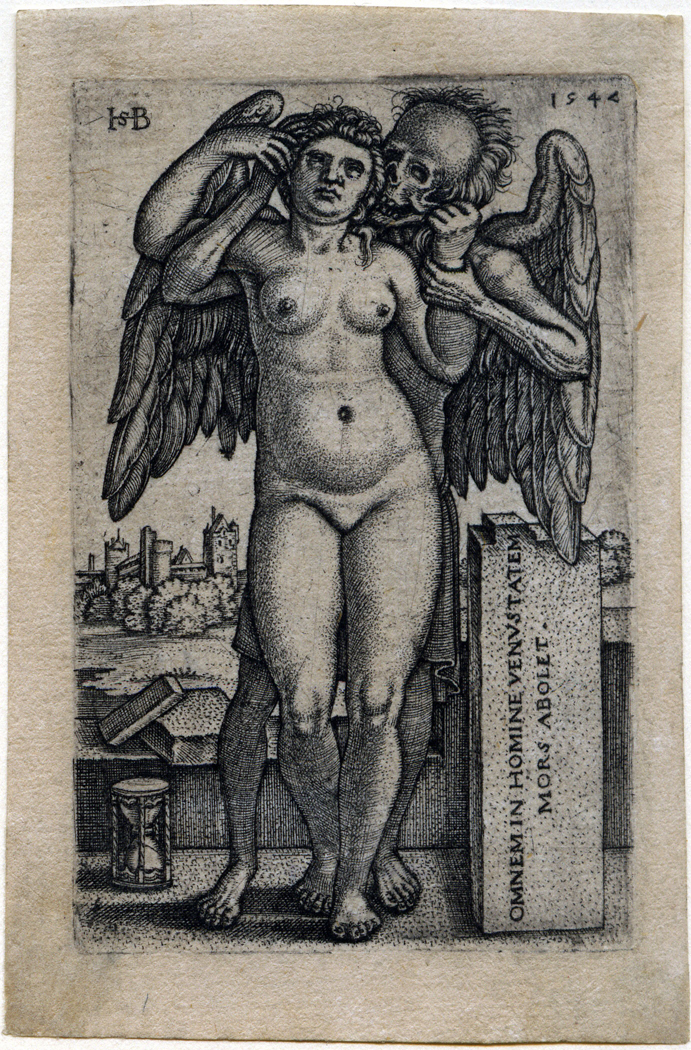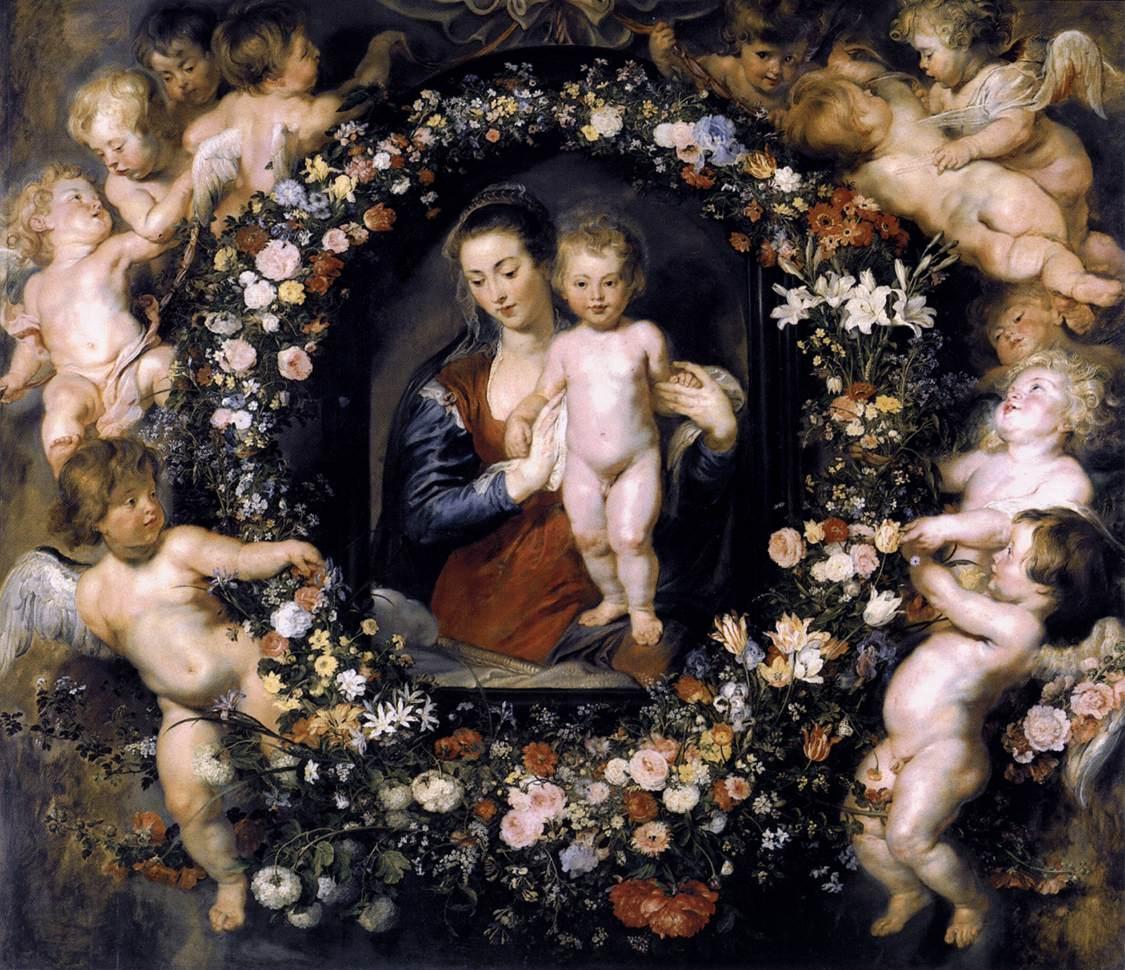|
Sisamnes
Sisamnes was, according to Herodotus' ''Histories'', a corrupt royal judge active in the Persian empire during the reign of Cambyses II of Persia. When Cambyses learned that Sisamnes had accepted a bribe to influence a verdict, he had him promptly arrested and sentenced him to be flayed alive. He had the skin of the flayed Sisamnes cut into leather strips. Cambyses then appointed Otanes, the son of the condemned Sisamnes, as his father's judicial successor. In order to remind Otanes what happens to corrupt judges and not forget the importance of judicial integrity, Cambyses ordered that the new judge's chair be draped in the leather strips made from the skin of the flayed Sisamnes.Georges Martyn, ''Cambyses aan de Vlaamse kust'' in Pro Memorie. Bijdragen tot de rechtsgeschiedenis der N ... [...More Info...] [...Related Items...] OR: [Wikipedia] [Google] [Baidu] |
Antoon Claeissens
Antoon, Antonius or Anthuenis Claeissens, Claessens, or Claeissins (c.1536 – 18 January 1613) was a Flemish painter. His subjects were historical and allegorical scenes and portraits.Antoon Claeissens at the Netherlands Institute for Art History He was a member of the Claeissens family of painters which played an important role in the art world in Bruges in the 16th century.Matthias Depoorter, ''Pieter Pourbus en de vergeten meesters'' at the OKV Life Antoon Claeissens was born in Bruges as the third son of Pieter Claeissens the Elder and Marie Meese. His father was a history painter and portraitist and his grandf ...[...More Info...] [...Related Items...] OR: [Wikipedia] [Google] [Baidu] |
Otanes (son Of Sisamnes)
Otanes (Old Persian: ''Utāna'', grc-gre, Ὀτάνης), son of Sisamnes, was an Achaemenid judge and later Satrap of Ionia during the reign of Darius the Great, circa 500 BC. Career Otanes first replaced his father as judge, when the latter was condemned for corruption by Cambyses II. He later took on military responsibilities under Darius, that led him to have an important role in suppressing the Ionian Revolt. In ''Histories'' 5 (''Histories'' 5.25-5.28), Herodotus speaks of an Otanes - a son of a previously mentioned Sisamnes (3.31) - who served as a judge under Cambyses II and later under Darius I, who followed the European Scythian campaign of Darius I, and became governor in Asia Minor: Ionian revolt Otanes succeeded Megabazus as the governor/supreme commander of the united forces of the peoples of the Aegean (5.26.1), and subjugated Byzantium and other cities during the Ionian revolt (5.123.1, 5.116.1). According to Herodotus: According to Herodotus, this Ota ... [...More Info...] [...Related Items...] OR: [Wikipedia] [Google] [Baidu] |
The Judgement Of Cambyses
''The Judgement of Cambyses'' is an oil on wood diptych by Dutch artist Gerard David, depicting the arrest and flaying of the corrupt Persian judge Sisamnes on the order of Cambyses, based on Herodotus' '' Histories''. The diptych was commissioned in 1487/1488 by the municipal authorities of Bruges which requested a series of panels for the deputy burgomaster's room in the town hall. The diptych was painted on oak An oak is a tree or shrub in the genus ''Quercus'' (; Latin "oak tree") of the beech family, Fagaceae. There are approximately 500 extant species of oaks. The common name "oak" also appears in the names of species in related genera, notably ''L ... panels and was first mentioned in the Bruges' archives as ''The Last Judgement''. It was used by the town burghers to encourage honesty among the magistrates and as a symbolic public apology for the imprisonment of Maximilian I in Bruges in 1488. The top right corner of the flaying scene features Sisamnes' son dispensing ... [...More Info...] [...Related Items...] OR: [Wikipedia] [Google] [Baidu] |
Groeningemuseum
The Groeningemuseum is a municipal museum in Bruges, Belgium, built on the site of the medieval Eekhout Abbey. It houses a collection of Flemish and Belgian painting covering six centuries, from Jan van Eyck to Marcel Broodthaers. The museum's highlights include Early Netherlandish paintings, works by Renaissance and Baroque masters, as well as a selection of paintings from the 18th and 19th century neo-classical and realist periods, milestones of Belgian symbolism and modernism, masterpieces of Flemish Expressionism and many items from the city's collection of post-war modern art. Works include * Jan van Eyck: **'' The Madonna with Canon van der Paele'' (1436) **'' Portrait of Margareta van Eyck'' (1439) **'' Portrait of Christ'' (1440) * Pieter Pourbus * Gerard David ** '' The Judgment of Cambyses Part 1, The Judgment of Sisamnes'' (1498) ** '' The Judgment of Cambyses Part 2, The Flaying of Sisamnes'' (1498) ** '' The Baptism of Christ'' (1502-1508) * Hieronymus Bosch an ... [...More Info...] [...Related Items...] OR: [Wikipedia] [Google] [Baidu] |
Gerard David
Gerard David (c. 1460 – 13 August 1523) was an Early Netherlandish painter and manuscript illuminator known for his brilliant use of color. Only a bare outline of his life survives, although some facts are known. He may have been the Meester gheraet van brugghe who became a master of the Antwerp guild in 1515. He was very successful in his lifetime and probably ran two workshops, in Antwerp and Bruges.Campbell, 116 Like many painters of his period, his reputation diminished in the 17th century until he was rediscovered in the 19th century. Life He was born in Oudewater, now located in the province of Utrecht. His year of birth is approximated as c. 1450–1460 on the basis that he looks to be around 50 years in the 1509 self-portrait found in his ''Virgin among the Virgins''.Hand, 63 He is believed to have spent time in Italy from 1470 to 1480, where he was influenced by the Italian Renaissance. He formed his early style under Albert van Oudewater in Haarlem, and moved to ... [...More Info...] [...Related Items...] OR: [Wikipedia] [Google] [Baidu] |
Cambyses II Of Persia
Cambyses II ( peo, 𐎣𐎲𐎢𐎪𐎡𐎹 ''Kabūjiya'') was the second King of Kings of the Achaemenid Empire from 530 to 522 BC. He was the son and successor of Cyrus the Great () and his mother was Cassandane. Before his accession, Cambyses had briefly served as the governor of northern Babylonia under his father from April to December 538 BC. Afterwards, he resided in the Babylonian cities of Babylon and Sippar, before being appointed by his father as co-ruler in 530 BC. His father then set off on an expedition against the Massagetae of Central Asia, where he met his end. Cambyses thus became the sole ruler of the vast Achaemenid Empire, facing no reported opposition. His relatively brief reign was marked by his conquests in North Africa, notably Egypt, which he conquered after his victory over the Egyptian pharaoh Psamtik III () at the battle of Pelusium in 525 BC. After having established himself in Egypt, he expanded the empire's holdings in Africa, including the conque ... [...More Info...] [...Related Items...] OR: [Wikipedia] [Google] [Baidu] |
Peter Paul Rubens
Sir Peter Paul Rubens (; ; 28 June 1577 – 30 May 1640) was a Flemish artist and diplomat from the Duchy of Brabant in the Southern Netherlands (modern-day Belgium). He is considered the most influential artist of the Flemish Baroque tradition. Rubens's highly charged compositions reference erudite aspects of classical and Christian history. His unique and immensely popular Baroque style emphasized movement, colour, and sensuality, which followed the immediate, dramatic artistic style promoted in the Counter-Reformation. Rubens was a painter producing altarpieces, portraits, landscapes, and history paintings of mythological and allegorical subjects. He was also a prolific designer of cartoons for the Flemish tapestry workshops and of frontispieces for the publishers in Antwerp. In addition to running a large workshop in Antwerp that produced paintings popular with nobility and art collectors throughout Europe, Rubens was a classically educated humanist scholar and diploma ... [...More Info...] [...Related Items...] OR: [Wikipedia] [Google] [Baidu] |
Hans Sebald Beham
Sebald Beham (1500–1550) was a German painter and printmaker, mainly known for his very small engravings. Born in Nuremberg, he spent the later part of his career in Frankfurt. He was one of the most important of the "Little Masters", the group of German artists making prints in the generation after Dürer. His name is often given as Hans Sebald Beham, although there is no documentary evidence that he ever used this additional forename. He produced approximately 252 engravings, 18 etchings and 1500 woodcuts, including woodcut book illustrations. He worked extensively on tiny, highly detailed, engravings, many as small as postage stamps, placing him in the German printmaking school known as the "Little Masters" from the size of their prints. These works he printed and published himself, while his much larger woodcuts were mostly commissioned work. The engravings found a ready market among German bourgeois collectors. He also made prints for use as playing cards and wallpaper. ... [...More Info...] [...Related Items...] OR: [Wikipedia] [Google] [Baidu] |
Het Oordeel Van Cambyses, 1498, Groeningemuseum, 0040035000
Het or HET may refer to: Science and technology * Hall-effect thruster, a type of ion thruster used for spacecraft propulsion * Heavy Equipment Transporter, a vehicle in the US Army's Heavy Equipment Transport System * Hobby–Eberly Telescope, an instrument at the University of Texas McDonald Observatory * Human enhancement Technologies, devices for enhancing the abilities of human beings * Heterozygote, a diploid organism with differing alleles at a genetic locus; see zygosity * Hexaethyl tetraphosphate, in chemistry * HET acid, alternate term for Chlorendic acid Other uses * Hét, a village in Hungary * Het peoples, or their language * Heterosexuality, sexual attraction to the opposite sex * ''HighEnd Teen'' (2008–2017), a former Indonesian magazine * Historical Enquiries Team (2005–2014), a former unit of the Police Service of Northern Ireland * Holocaust Educational Trust, a British charity * HET, IATA code for Hohhot Baita International Airport, in Inner Mongolia, China ... [...More Info...] [...Related Items...] OR: [Wikipedia] [Google] [Baidu] |
Justinus Göbler
*
{{disambiguation, given name ...
Justinus (Latin: Justinus or Iustinus) may refer to: People known by the name alone *Justinus van Nassau (1559–1631), son of William of Orange ("the Silent") *Justin Martyr (also "Iustinus", 100–165), Christian martyr *Justin (historian) (Marcus Junianius (or Junianus) Justinus), a Latin historian who lived under the Roman Empire People with the given name *Justinus Kerner (1786–1862), German poet *Justinus Darmojuwono (1914–1994), Indonesian cardinal *Justinus van der Brugghen (1804–1863), Dutch politician *Sebald Justinus Brugmans (1763–1819), Dutch botanist See also *Justin (other) Justin may refer to: People * Justin (name), including a list of persons with the given name Justin * Justin (historian), a Latin historian who lived under the Roman Empire * Justin I (c. 450–527), or ''Flavius Iustinius Augustus'', Eastern Rom ... [...More Info...] [...Related Items...] OR: [Wikipedia] [Google] [Baidu] |
Peter Paul Rubens (workshop) - The Justice Of Cambyses
Sir Peter Paul Rubens (; ; 28 June 1577 – 30 May 1640) was a Flemish artist and diplomat from the Duchy of Brabant in the Southern Netherlands (modern-day Belgium). He is considered the most influential artist of the Flemish Baroque tradition. Rubens's highly charged compositions reference erudite aspects of classical and Christian history. His unique and immensely popular Baroque style emphasized movement, colour, and sensuality, which followed the immediate, dramatic artistic style promoted in the Counter-Reformation. Rubens was a painter producing altarpieces, portraits, landscapes, and history paintings of mythological and allegorical subjects. He was also a prolific designer of cartoons for the Flemish tapestry workshops and of frontispieces for the publishers in Antwerp. In addition to running a large workshop in Antwerp that produced paintings popular with nobility and art collectors throughout Europe, Rubens was a classically educated humanist scholar and diplomat w ... [...More Info...] [...Related Items...] OR: [Wikipedia] [Google] [Baidu] |





